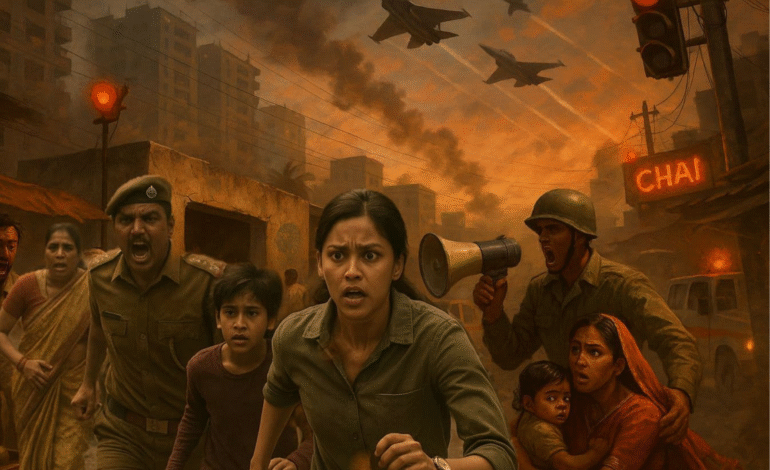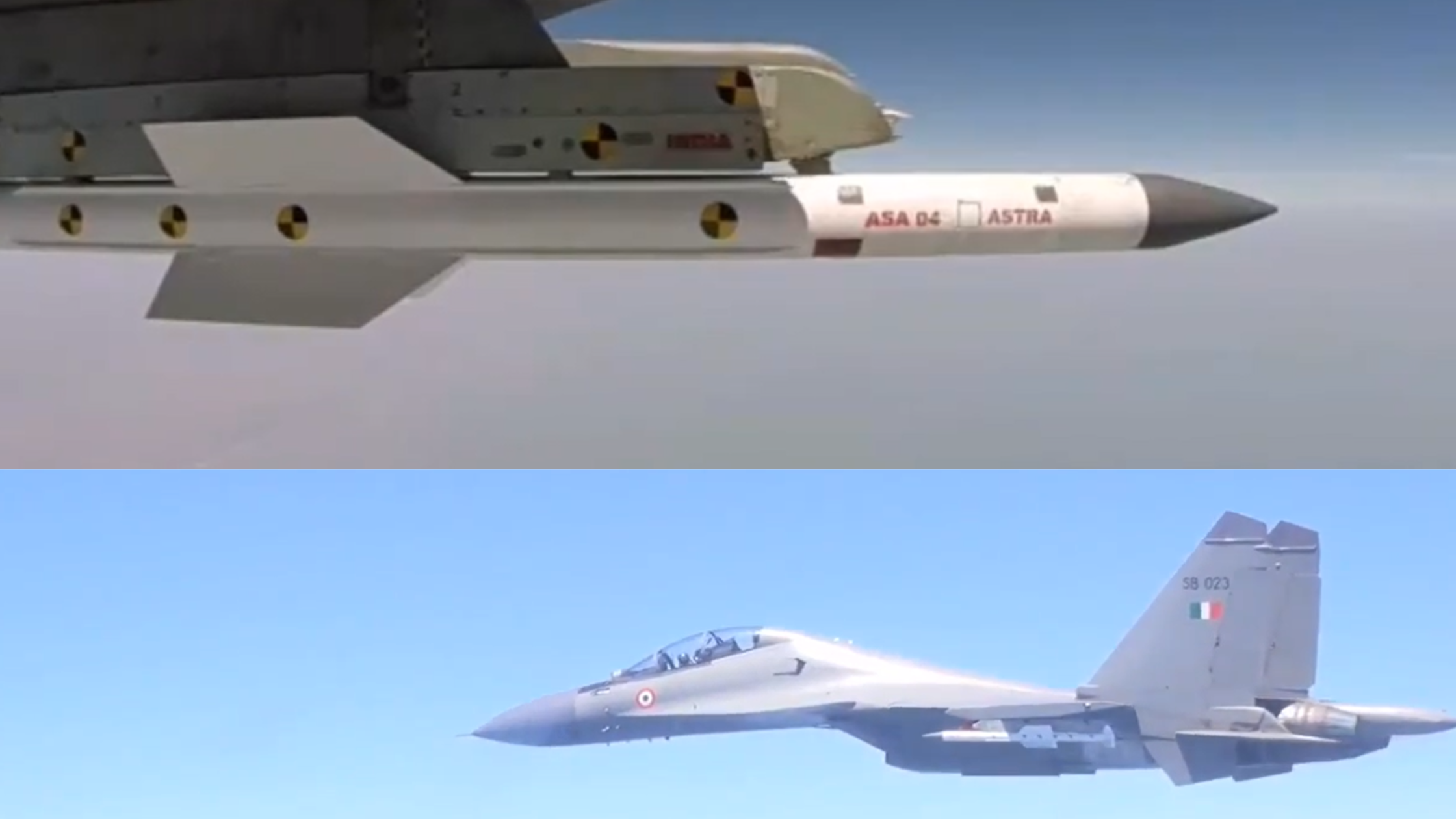India Will Conduct Nationwide WAR Drills On May 7 To Evaluate Its Civil Defense Readiness.

In a significant move aimed at strengthening India’s internal security preparedness, the Central Government has mandated that several states conduct war-like civil defence drills on Wednesday, May 7. This coordinated national exercise comes just days after the Pahalgam terror attack in Jammu and Kashmir, which shook the nation by leaving 26 civilians—many of them tourists—dead. Amid heightened tensions between India and Pakistan, the Indian government is emphasizing the urgent need for civilians to be trained in managing potential hostile attacks and emergency situations.
These drills are not merely a symbolic gesture but part of a broader strategic approach that underscores the importance of civic readiness in a new era of asymmetric and hybrid warfare. From operationalising sirens to rehearsing evacuation plans, every element of the drill is designed to simulate real war scenarios to test both government and civilian response capabilities. Prime Minister Narendra Modi has already held a string of high-level meetings with top national security advisors and military officials, reinforcing the seriousness of this approach.
Pahalgam Terror Attack Triggers National Security Response
The attack on April 22 in the scenic region of Pahalgam was both brutal and targeted. Militants, allegedly backed by foreign elements, ambushed a group of tourists, turning a peaceful evening into a scene of horror. The region, which had been experiencing a relative period of peace, was thrown into turmoil, and its impact reverberated not only across India but also among global communities watching the subcontinent closely.
Intelligence inputs suggest the attack was well-coordinated and carried out with the intention of derailing India’s peace efforts in Kashmir and spreading fear ahead of the upcoming tourist season. Given the scale and intent of the attack, the Indian government’s decision to implement full-scale mock civil defence drills demonstrates both its strategic and psychological response to such provocations. It sends a strong message that while India mourns its victims, it is not standing down in the face of threats.
Key Objectives of the May 7 Civil Defence Drills
The national war drill scheduled for May 7 is being organized under the supervision of the Ministry of Home Affairs (MHA). It will span across urban and rural zones, integrating government departments, civilian agencies, educational institutions, and emergency services. One of the most critical components of the drill will be the activation of air raid sirens in high-density zones to mimic the real-time experience of an aerial attack or missile strike.
Citizens will be trained to respond instantly to sirens, moving to designated safe areas or underground shelters where available. Awareness sessions will teach people about different types of alerts—audio, visual, or digital—and the appropriate responses to each. Mobile apps with emergency alerts and location guidance are also being tested during the drill.
In parallel, special training modules are being prepared for women, children, the elderly, and persons with disabilities, ensuring that the needs of vulnerable groups are not sidelined. Health care volunteers, ASHA workers, and local paramedics are being briefed on providing triage care in field conditions, including basic CPR, wound dressing, and trauma counselling.
Crash Blackouts, Strategic Camouflage, and Evacuation Readiness
As part of this strategic simulation, states have been asked to conduct “crash blackout” drills to assess how well cities and towns can respond to sudden power outages during aerial threats. The blackout simulation will also help in understanding the operational endurance of critical infrastructure such as hospitals, railways, airports, and data centers, all of which need to remain functional in the event of actual emergencies.
In another layer of security, camouflaging measures are being tested on key installations like power stations, oil refineries, and water purification plants. Government officials and defence engineers are coordinating with local utility companies to apply early camouflage techniques that could reduce the visual and radar signatures of these sites. These methods are essential in deterring reconnaissance missions by hostile surveillance technologies such as drones and satellites.
Evacuation plans are also being revisited and tested with the help of state police and the National Disaster Response Force (NDRF). Urban centers are rehearsing “red alert” procedures which involve immediate movement of large civilian populations to safe zones. Mock traffic diversions, emergency transport fleets, and even temporary shelters are being set up to check the speed and effectiveness of these evacuations. Communication between government control rooms and on-ground responders is also being assessed using new-generation radio and satellite communication tools.
Prime Minister Modi’s Strategic Leadership Post-Pahalgam Attack
Prime Minister Narendra Modi’s leadership has been pivotal in steering the national security apparatus post the April 22 terror attack. Within hours of the incident, Modi convened meetings with the Home Minister, National Security Advisor, and senior intelligence officials. His approach, according to sources, has been both assertive and inclusive—encouraging both military preparedness and public involvement through civil defence.
While much of India’s offensive military response remains under wraps, the civil defence drill represents a key aspect of a broader doctrine that prioritizes resilience and deterrence. Modi has reportedly insisted on the need for a comprehensive security culture that begins at the citizen level. He has stressed that the new age of conflict isn’t just fought by armies but also requires informed and prepared citizens who know how to act during crises.
Mobilizing Civil Authorities and Educational Institutions for Drill Success
To ensure seamless execution, the MHA has delegated responsibilities to local governing bodies across various states. District magistrates and municipal commissioners are supervising the coordination of the drills in their respective areas. Schools, colleges, and universities are playing a critical role in both manpower and infrastructure support. Institutions have been tasked with creating mock command centers, field hospitals, and relief shelters as part of the exercise.
Educational programs related to emergency medicine, environmental safety, and urban planning are integrating this drill into their practical curriculum. Medical students are learning how to run makeshift triage units, while engineering students are contributing to infrastructure layout planning for emergency zones. This initiative also opens doors to longer-term civic education programs that may include annual drills, certifications, and involvement in government disaster response initiatives.
School-going children are not being left out either. Age-appropriate training materials, animated videos, and gamified simulation apps are being used to teach young students how to identify alarms, follow evacuation routes, and assist peers during emergencies. Teachers are receiving special training to act as first responders within school campuses.
Civilian Awareness and National Unity Through Media Integration
A key pillar of the civil defence drill is the integration of public awareness through media campaigns. National and regional television networks, FM radio stations, and online streaming platforms are broadcasting informative content about the drill in multiple languages. The goal is not only to inform but also to reassure the public and mitigate the spread of panic or misinformation.
Social media influencers with backgrounds in emergency response, healthcare, and law enforcement have been enlisted to create engaging content that explains the necessity and process of the drills. The government is also distributing pamphlets, posters, and guidebooks in local languages, especially in remote and rural areas where digital reach may be limited.
Special call centers and helplines are being set up for citizens who have questions about the drill, including information on safe zones and how to assist family members during emergencies. Community volunteers and self-help groups are being mobilized in urban slums and village panchayats to distribute information and provide on-ground support.
Modern Threats Require Comprehensive Civil Defence Strategies
India’s decision to scale up its civil defence readiness comes at a time when threats to national security are evolving rapidly. No longer confined to traditional battlefields, modern conflicts include cyberattacks, drone warfare, propaganda, and supply chain disruptions. Recognizing this, the May 7 drill will incorporate components to simulate cybersecurity threats and electronic warfare.
Municipalities and district headquarters will simulate digital attacks on water supply control systems, energy grids, and even banking networks. IT professionals, ethical hackers, and cyber experts are being called in to conduct breach simulations and to train local officials in quick recovery techniques. In doing so, India is not only preparing for physical attacks but also for the growing threat of digital sabotage.
India’s hybrid approach to security—where military readiness is matched with civil preparedness—sets a robust precedent for modern nations looking to empower their people while safeguarding their sovereignty. The May 7 drill represents a nationwide call for collective responsibility in protecting the homeland.








1 Comment
[…] rapidly evolved into a multi-front escalation with serious regional implications. India-Pakistan Tensions Escalate: Defence Ministers Clash, Air Defence Systems Deployed, and Strategic Warnings […]
Comments are closed.